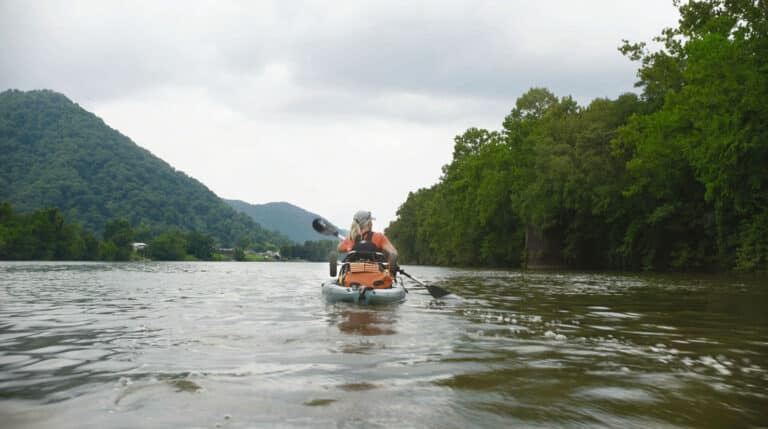How Regional Fishing Outfitters Are Pivoting in the Wake of Hurricane Helene
Last fall, Tennessee outfitter Justin Shroyer was gearing up for peak fishing season—a time he normally spends chasing trophy smallmouth and monster trout. But then, on Friday, September 27, Hurricane Helene thundered into the mountains, washing Shroyer’s plans—and profits—downstream.
“We lost our best month as an outfitter,” says Shroyer, who owns Trophy Waters Guide Service in Hampton, Tenn. “Our shop also got completely flooded, causing about $30,000 worth of damage, not including the total loss of our parking lot and driveway. It’s been rough.”
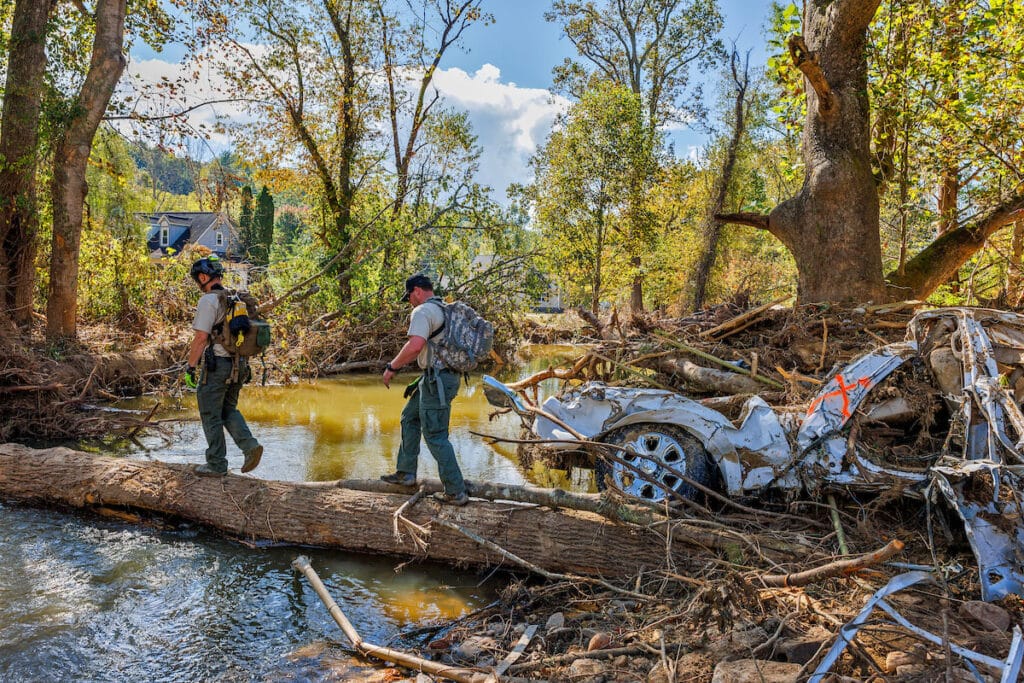
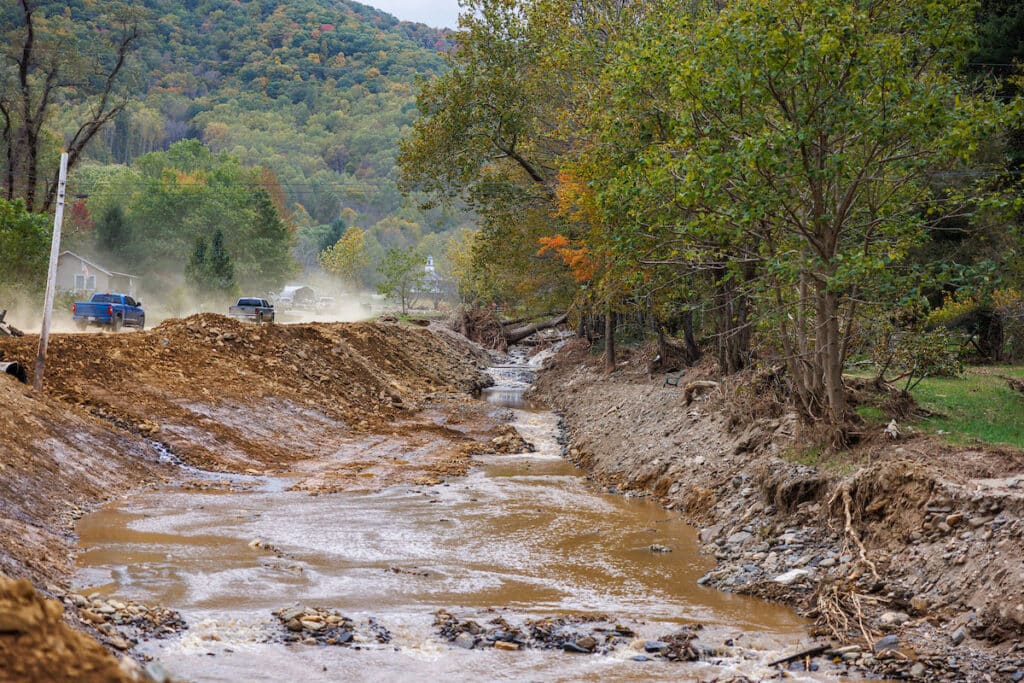
Today, months after the Category 4 storm made landfall, the angler is still trying to recover. Regional waterways are, too.
According to the National Oceanic and Atmospheric Administration, Helene brought unprecedented precipitation. Some mountain communities, such as Busick, N.C., saw more than 30 inches of rain.
This deluge caused devastating flooding across Western North Carolina and Eastern Tennessee, altering the physical structure of regional waterways. Raging torrents also swept away debris and contaminants, introducing everything from propane to raw sewage into fragile ecosystems.
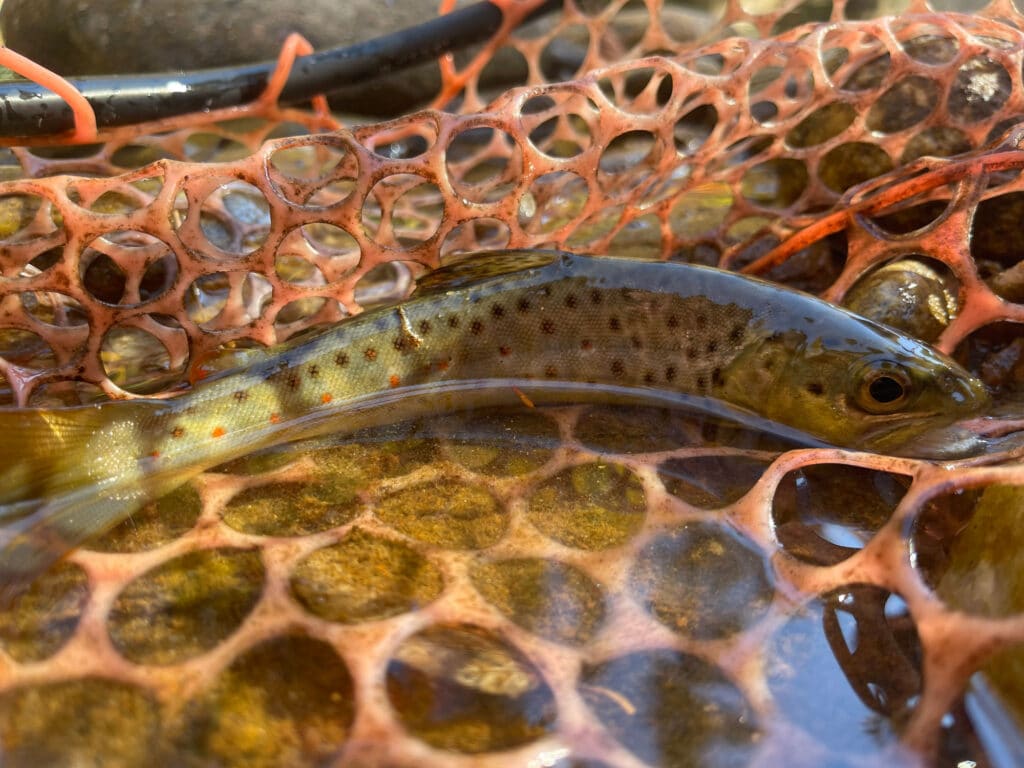
Since the storm, biologists have been working around the clock to assess how these ecological disruptions could impact aquatic species—and, by extension, the region’s fishing industry.
In the fall, for instance, the N.C. Wildlife Resources Commission conducted a preliminary fish survey in the French Broad River Basin. Dylan Owensby, an aquatic wildlife diversity biologist, says the results were encouraging.
“We were pleasantly surprised that there were as many different fish species still present,” he says. “In a lot of cases, the numbers were pretty similar to what we saw before the storm.”
However, Owensby cautions it might be too soon to offer any definitive statements on the long-term impacts of Helene. “We’ll have to continue monitoring over the next several years,” he says.
In the meantime, guides like Shroyer are changing where and how they fish. Here are some of the pivots outfitters across the region are making to stay afloat.
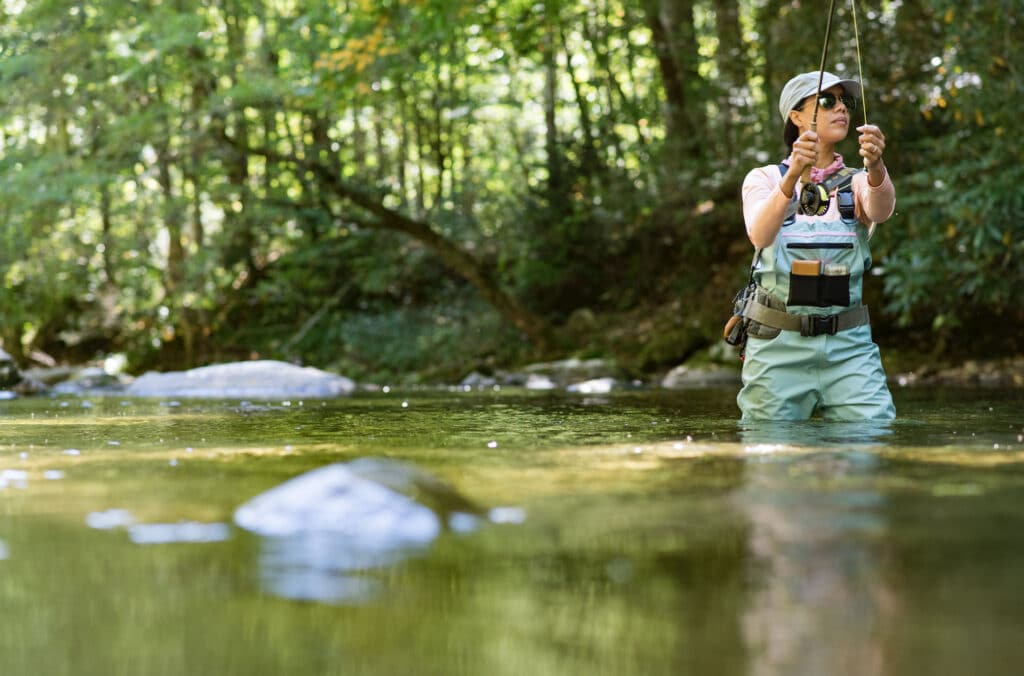
Pivot #1: Adapting to Limited Access
Most winters, you can find Shroyer guiding along the Nolichucky, a freestone river where anglers land “big rainbows, on big flies, in big water.” But after Helene decimated bridges, boat launches, and other infrastructure, the Tennessee Wildlife Resources Agency limited river access.
“It’s frustrating,” Shroyer admits. “But they’ve given us enough water on the South Holston River, so we’ve been taking people out there to fish.”
Other outfitters are facing similar problems. Michael Yelton, owner and operator of The Granddaddy Fly Fishing Experience, typically takes clients out on Lake Lure in Rutherford County, N.C.
“But they’re saying it could be two years before they can clean up all the debris and let us back out on the water,” says Yelton.
In the meantime, Yelton has been paying the bills by picking up carpentry projects.
Heath Cartee, owner and head guide at Pisgah Outdoors in Pisgah, N.C., is also struggling to fish his usual honeyholes along the French Broad River because so many public access points have been closed. In response, he has partnered with a local business that owns waterfront property.
“Right now, we’re using a mixture of private access points and public boat ramps to get on the French Broad,” he says. “We’re very grateful to those folks who have worked with us.”
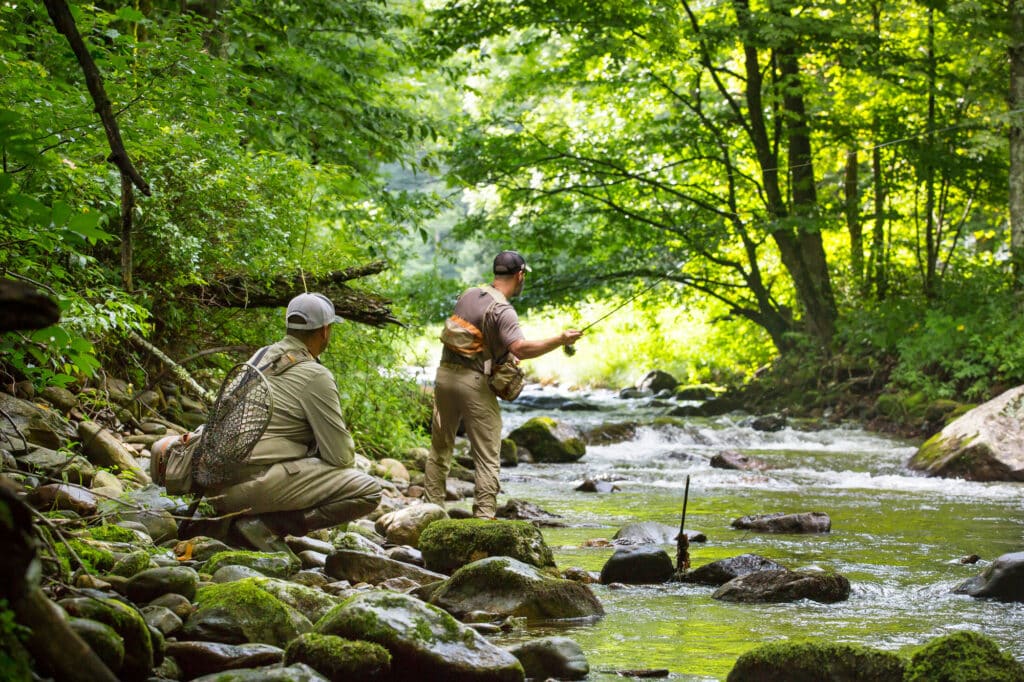
Pivot #2: Charting Cooler Waters
As any avid angler knows, trout need cold, oxygenated water to thrive. The only issue? Hurricane Helene destroyed riparian vegetation.
“Trees and other plants that grow along streams are critically important for regulating water temperatures through shading, providing energy into ecosystems, and retaining sediment runoff,” explains Patrick Ciccotto, assistant professor of biology at Warren Wilson College in Swannanoa, N.C. “The loss of this shade will likely lead to increased stream temperatures.”
Right now, this isn’t too much of a concern for anglers. But come summertime, streams on south-facing slopes will be practically unfishable, says Cartee.
“We saw a significant increase in water temperatures after Tropical Storm Fred back in 2021,” he notes. “I anticipate we’ll experience the same this summer.”
To adapt to the rising water temperatures, Cartee plans on sticking to streams on north-facing slopes and at higher elevations, where the water stays cooler. This summer, he will also run trout fishing trips earlier in the morning, probably from 5 to 10 a.m.
“That can be difficult for people who are on vacation,” Cartee laughs. “But if you wait until later in the day, the trout probably aren’t going to bite.”
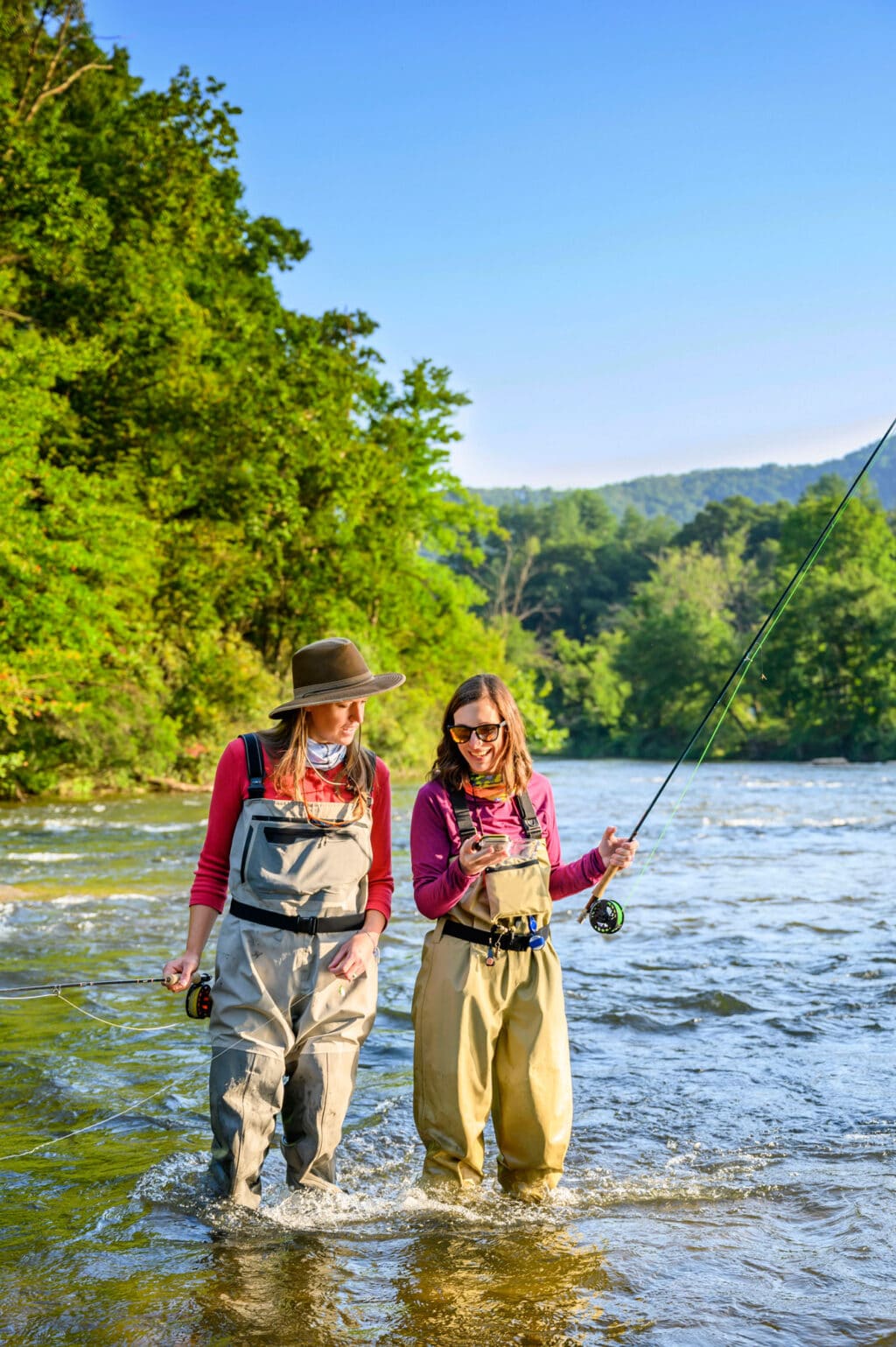
Pivot #3: Angling for Different Species
Some outfitters aren’t only changing when and where they fish but also what they fish for.
Before the hurricane, Andrew Tashie with Asheville Drifters specialized in smallmouth bass trips on the Nolichucky and French Broad. But this coming fishing season, he will be shifting his focus to another species: trout.
“The rivers we normally guide on just got annihilated,” says Tashie. “There’s debris 20 feet high in the trees and cars still in the water. It looks like a war zone. It’s just too emotional to float down those rivers.”
Instead, Tashie will be taking clients to higher-elevation rivers that were insulated from the more severe impacts of the storm. “I know a lot of wild trout streams that are still full of trout,” he says.
Kenneth Hardwick with On the Rise Fishing in Brevard, N.C., will be making a similar move. Since an estimated 600,000 trout were lost at Armstrong State Fish Hatchery in McDowell County, N.C., and 30,000 more at the Eastern Band of Cherokee Indians’ hatchery on the Qualla Boundary, he will be focusing on wild trout populations.
“Those fish are still here,” says Hardwick. “They’re biting, too.”
Cover photo: Even after the storm, the mountains still offer adventure. Photo courtesy of VisitNC.com


